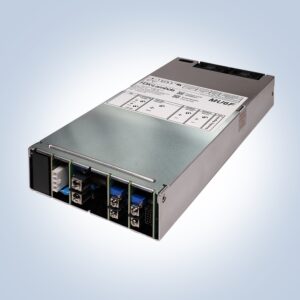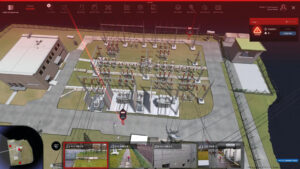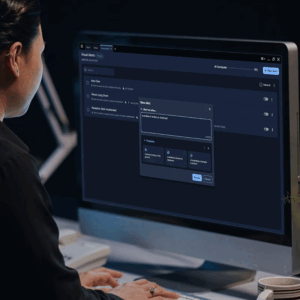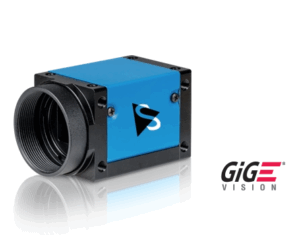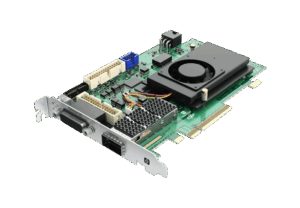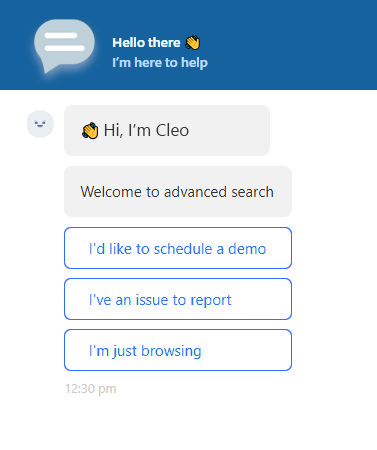NEWS
Use AI-powered anomaly detection on your production line!
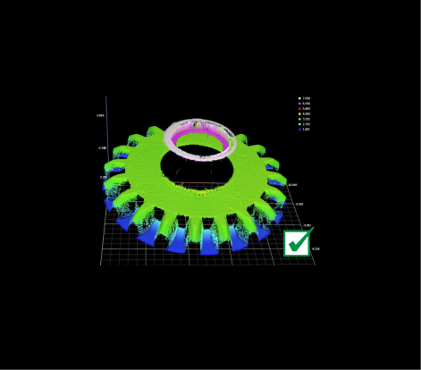
LMI’s GoPxL Anomaly Detector toolset leverages traditional and AI-based tools in GoPxL to provide powerful 3D defect detection for demanding applications in the production of components for the automotive, food, building materials, tire, and many other industries. Users can train and implement this powerful 3D defect detection solution directly on GoMax without relying on additional cloud or hardware-based resources for initial and subsequent model training. The Anomaly Detector integrates with all Gocator Line Profiler, Snapshot, and Line Confocal sensors when accelerated with GoMax.
Use the GoPxL Anomaly Detector toolset to find defects and irregularities on machined or cast parts with complex geometries. Train an AI model to identify good and bad parts directly on the production line, without a cloud connection, CAD file, or complex thresholds typically used with traditional tools.
The benefits of LMI’s GoPxL Anomaly Detector toolset at a glance:
Detect features of different shapes and sizes
While traditional tools are excellent for blob and segmentation analysis, they require adjusting thresholds that are often specific to each component. With the Anomaly Detector, the user doesn’t have to manage detection thresholds. Training is based on providing a dataset of OK and NG parts and creating a detection model specific to the parts in the dataset.
Integrated AI Modeling Workflow
Model training and associated datasets are managed directly within the GoPxL tools, so you spend less time moving files and datasets around compared to using a separate application for model training.
Training on the Production Line
Train data directly on GoMax and avoid the time, cost, and security concerns associated with moving data to the cloud or a local PC. Training and inference use the same license, so models can be updated in production without an additional development license.
Use prediction to label new production data.
After initial training, you can use assisted labeling to make iterations quick and easy. Measure anomalies and define acceptable thresholds. Surface anomalies are passed to subsequent tools for measurement and testing. Users can pass anomalies of a specific size or shape, depending on what the end user considers acceptable.
Add custom functions with the Script and Python GDK.
Use the Python-based Script tool to add custom logic or retrieve measurement thresholds from a local file. Power users can use the Python GDK to train models with open source and proprietary tools for subsequent deployment.

